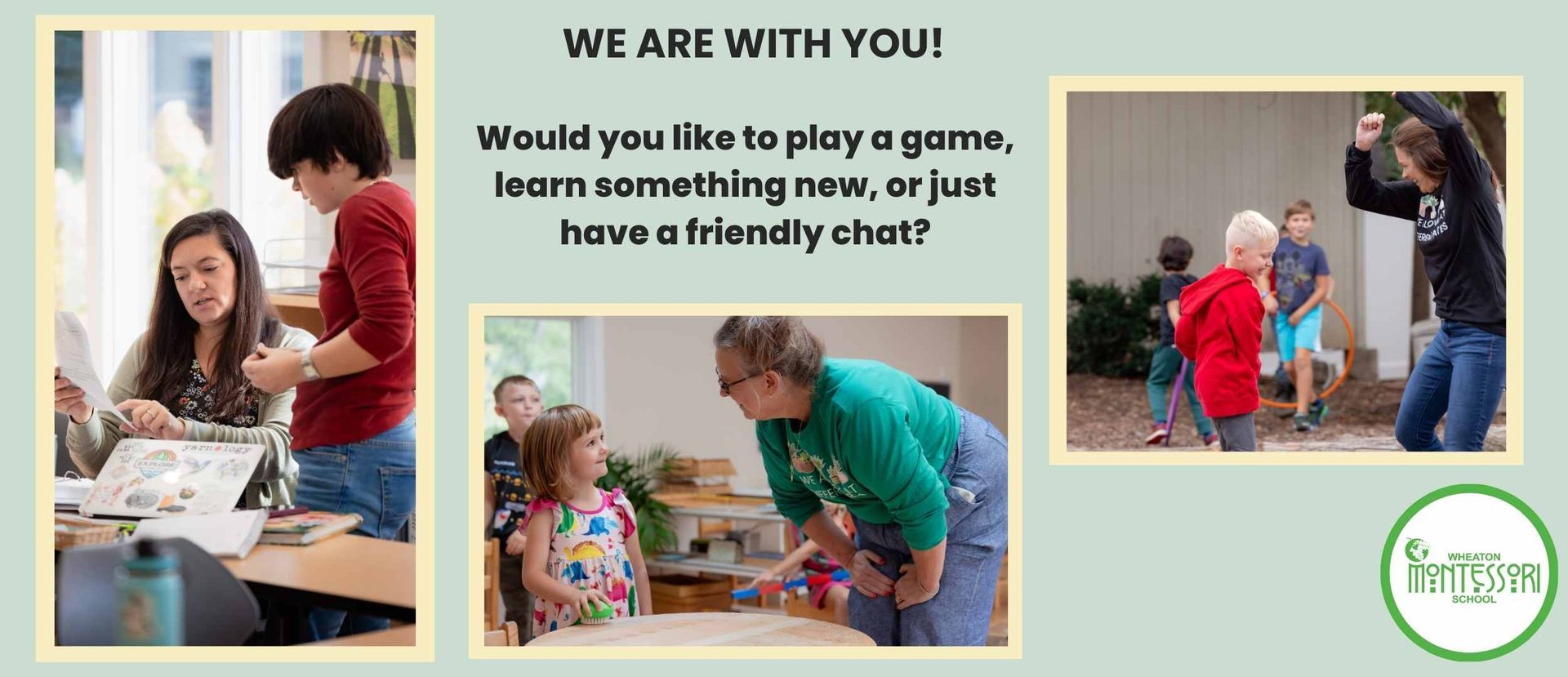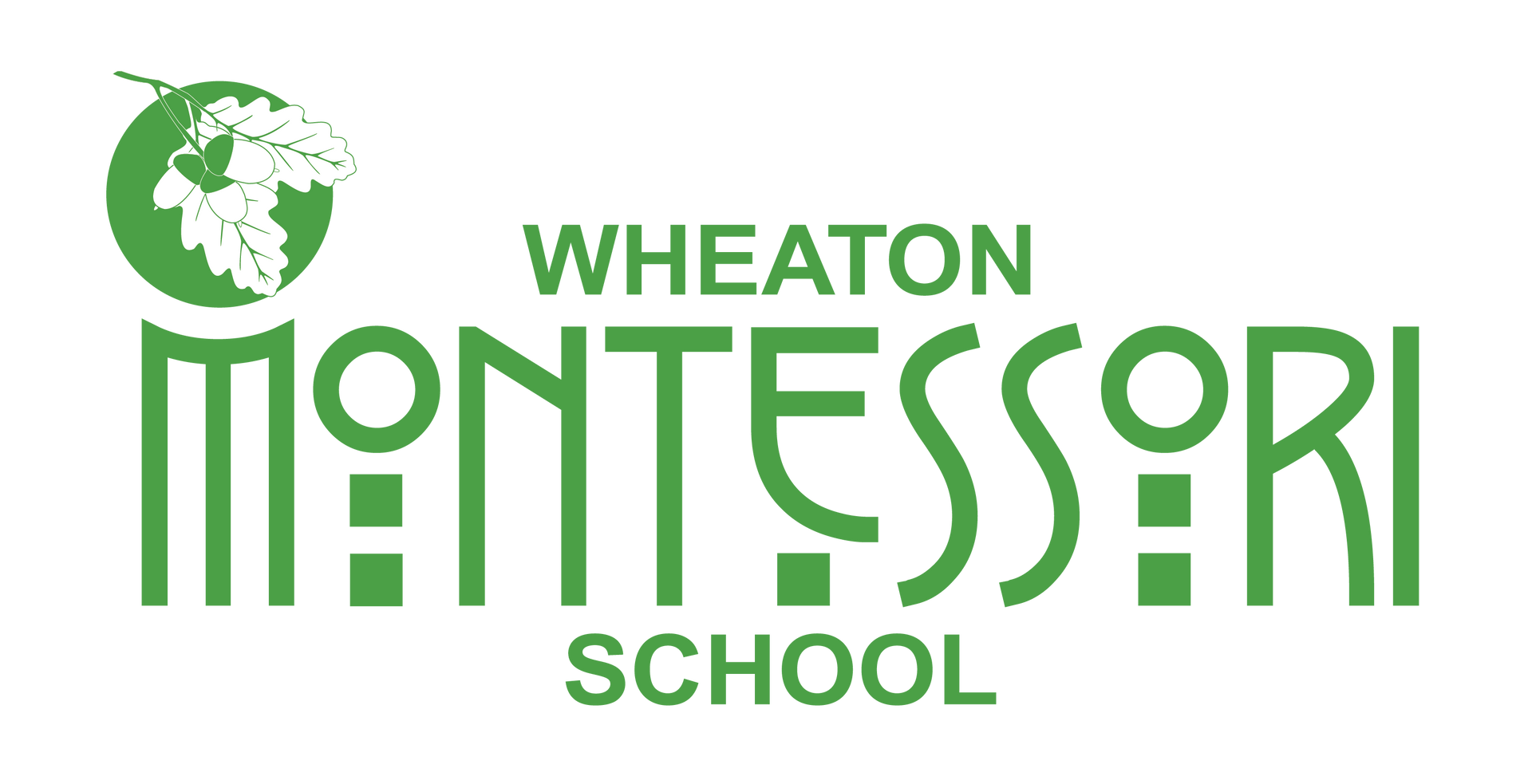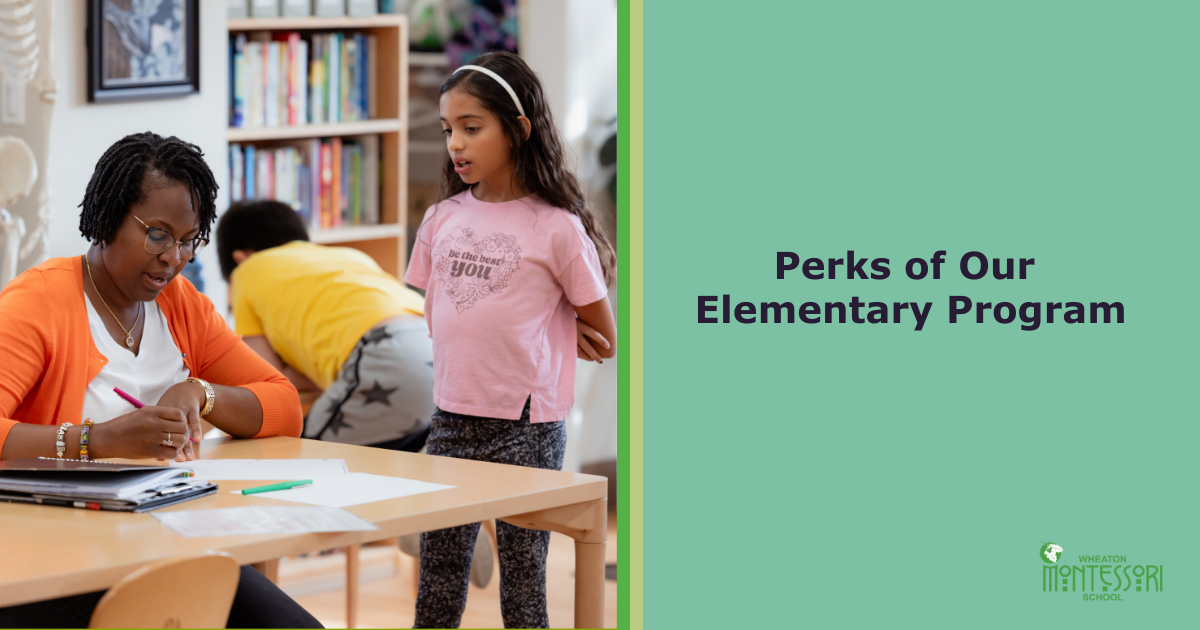
In order to understand how we can be truly present with and for our children, we have to recognize how children perceive and process our actions and their environment.
The brains of young children through adolescence work differently than our adult brains. Sensorial experiences shape young children’s brains, forming neurological webs that last throughout their life. During adolescence, the brain is still developing. The prefrontal cortex, the part of the brain behind the forehead, is one of the last parts to mature. This area which guides these young adults in making plans and decisions is under construction.
Understanding the structure of interactions, the process of acquiring new skills, need for organized spaces, and importance of self-care can serve as a guide for us in taking mindful parenting approaches.
Interactions
The fact that our interactions with young people help shape their future selves opens up an incredible opportunity. Each experience is a gift. Often the simplest moments can carry the most meaning.
By being open to the wonder and delight our children experience, we gain new perspectives while also giving the best gift of all: our attention while we spend time with them.
This may mean taking a deep breath and momentarily turning off the chatter of the to-do list, squatting down to a small child’s eye level, smiling, and just listening or seeing what they want to share. A helpful mantra might be: Talk less. Listen more. For parents of adolescence, we want to be ready when they initiate conversation.
New Skills
In addition to giving our full attention, whether for 20 seconds or 20 minutes, we can also offer to share a young person a new skill. The key to these teaching moments is to focus on each distinct step so the skill is simple and attainable. Very young children can be involved with tasks like setting the table, wrapping gifts, and tending to simple household maintenance whereas adolescents are involved in activities such as planning, shopping, and preparing meals at school. Our children appreciate being involved with their age-appropriate activities and they want to contribute in a meaningful way.
Getting the attention of the adolescent may be challenging, and at times, the parent may feel pushed away. An adolescent approaches a parent when they need their attention and if they feel we are too busy for that, it may spark regretful feelings on their part such as they shouldn’t have come to you. Adolescents approaching their parents feel vulnerable. Adolescents seek full attention when needed, expect you to be their sounding board and want to be taken seriously.
Dr. Jane Healy, author of numerous books, including Your Child’s Growing Mind, reminds us that children need the opportunity to repeatedly practice activities that seem second nature to adults: “Self-help skills and household jobs are very important for the child to master–help your child, but encourage him to do it himself even if the job isn’t done exactly your way!”
When encouraging or supporting a child in trying a new skill or participating in a new task, be sure to take your child’s perspective into account. Showing how to do something is often the most effective and verbalized instructions can be kept to a minimum. In fact, for young children, it is best to not talk while showing something and to not show something while talking! This allows the child to focus and keep the information clear in their mind. Adolescents consider themselves involved while they are acquiring new skills or participating in a new task. They evaluate how they can be of value and the impact it will have. Understanding their view and expectations will provide you with an opportunity to work side by side with your teenager.
These kinds of ordered and clear experiences are key to a child’s development. “Impressions do not merely enter his mind; they form it,” explained Dr. Maria Montessori a physician turned educator who spent intensive time observing children, making scientific notes, and thus coming to an enlightened understanding of childhood development.
Organized Spaces
Dr. Montessori observed how children respond positively to organization, both in terms of expected routines and physical space. Current research, such as that comparing the HOME inventory (Home Observation for Measurement of the Environment) to longitudinal information collected in the Bayley Mental Development Inventory, shows that organized environments lead to higher intelligence scores.
When life gets busier as it does for all, young children benefit greatly from adults in their lives maintaining a calm sense of order during this busy time. As adolescents try to look trendy and create schedules to help them feel sure of themselves, they are in search of equilibrium until they eventually attain success. A consistent routine can help maintain balance as hormones and emotions are fluctuating and bodies are developing.
Self Care
In order to create a calm, ordered environment, we ourselves need to have balance and clarity in our own lives. Staying present in the moment, breathing deeply, and ultimately taking care of our own needs allows us to offer our best selves to the children around us.
What we offer to our children, in terms of our presence, special activities, or toys, can provide opportunities to aid their development. We can provide objects that have an intelligent purpose and help children contribute in a meaningful way to the order around them. Correctly sized, yet real, items are particularly valuable: cooking tools, building tools, yard tools, and even mops and brooms.
Children don’t stay young for long, and the early years are extremely formative. In her book, Understanding the Human Being: The Importance of the First Three Years of Life, Silvana Quattrocchi Montanaro explains the significance of a young child’s experiences: “Everything that comes from the environment is received, processed and stored in the brain cells with no effort using a form of unconscious absorption. This intense mental activity is always going on, even in prenatal life, and it characterizes ‘the absorbent mind’.”
Knowing that the young children around us are absorbing everything about their surroundings, let’s give them our attention, meaningful ways to contribute to daily tasks,
and a calm, ordered environment. As a result, we will be helping some remarkable young people as they develop into capable, caring young adults.
Schedule a school tour by clicking this link to learn more about the accommodating environments we provide for these “absorbent minds,”. During your visit, we can provide more guidance about setting up home environments that best support child development and show how our learning environments are specifically designed for neurological growth.
Current parents please use these links to sign up for your classroom observation:
Adolescent Seminar Observation
Ms. Searcy’s Upper Elementary Classroom Observation
Mrs. Fortun’s Lower Elementary Classroom Observation
Mrs. Mayhugh’s Lower Elementary Classroom Observation
Mrs. Berdick’s Primary Classroom Observation
Ms. Carr’s Primary Classroom Observation


